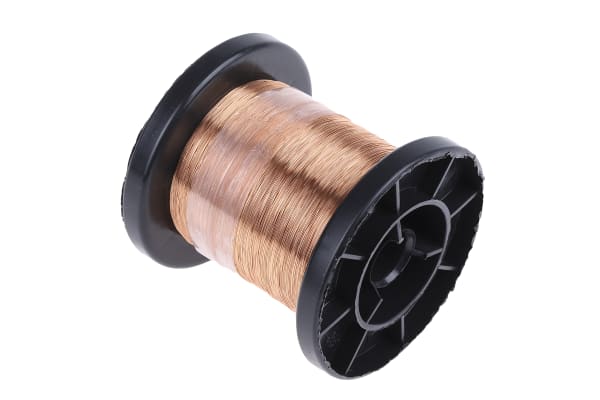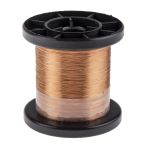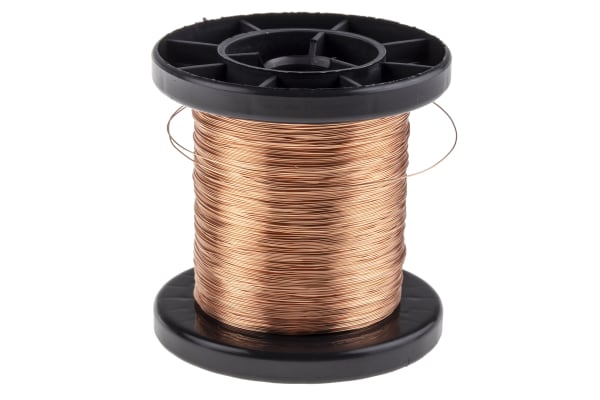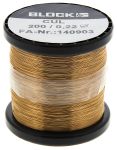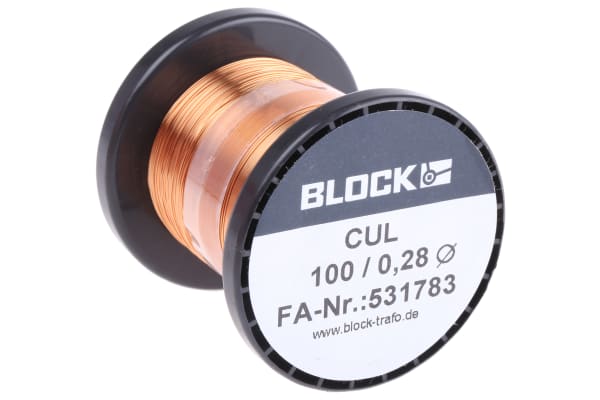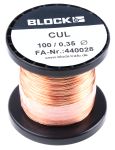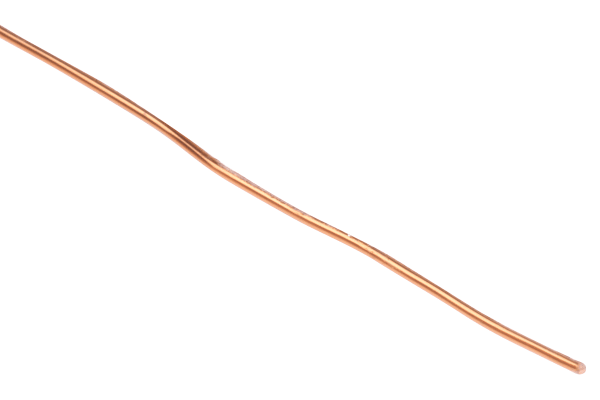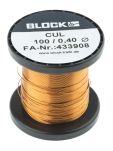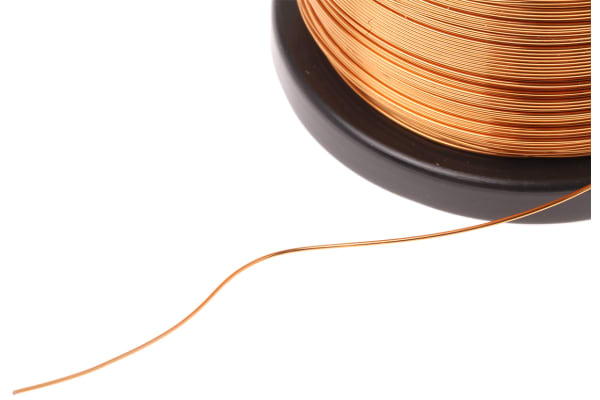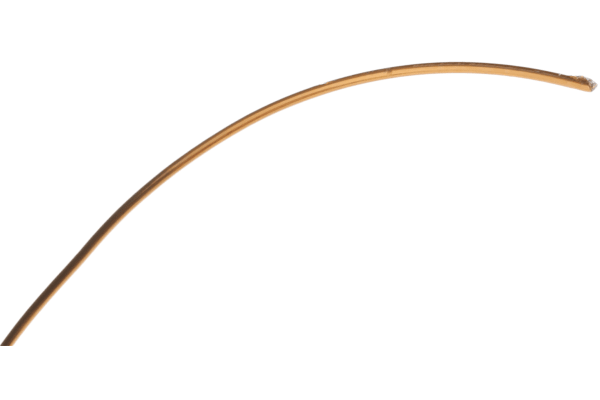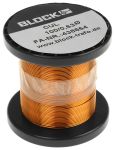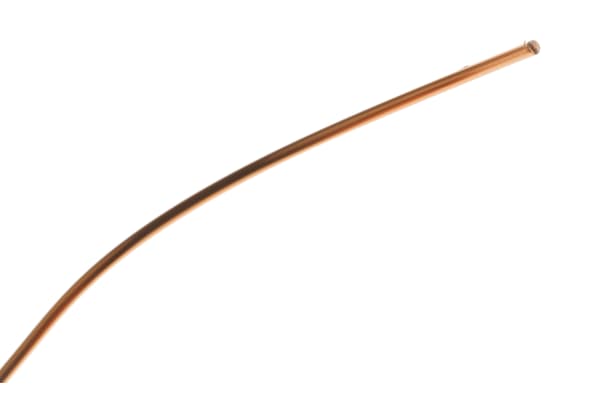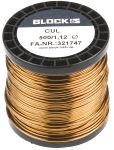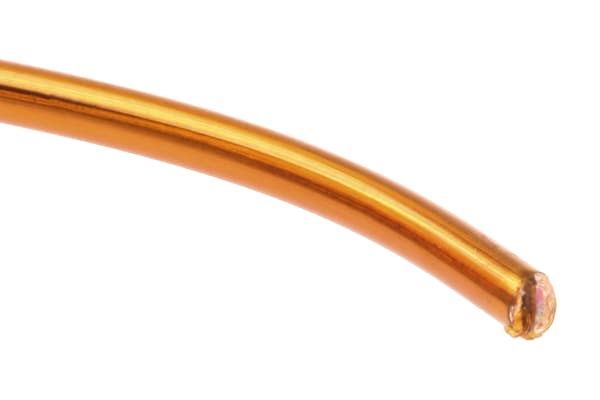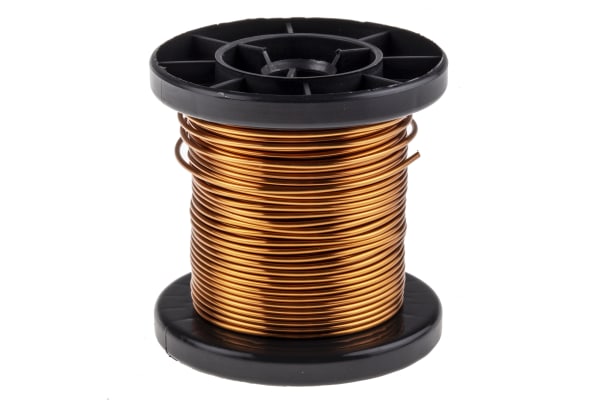Copper Wire
What is copper wire?A conductor is a metal material which allows the flow of electricity to pass through it. Electrical conductors, in this case copper are used to form wires. A wire is a long length of conductive metal used in the electrical wiring industry. Wire is made by passing the base material through a hole in a die or draw plate to reduce the overall size. The process is repeated to reduce the diameter further to its final size.The copper wires are then ready for the annealing process. Annealing involves the wires being heated up to a very high temperature and then allowed to cool naturally. This clever process helps to eliminate any internal weaknesses and strengthens the metal. Annealing also improves the conductivity of the metal. Copper is the second most conductive material in the world after silver and due to its excellent physical properties copper wire is used in almost every electrical application.Types of copper wireCopper wire more often than not has some sort of coating.The type of coating depends on where the copper wire will be used.Enamelled Wire or (magnet wire) is a wire coated with a thin layer of varnish. Enamelled copper wire is used for the construction of transformers, motors, inductors, electromagnets.Tinned Wire is a copper wire that has had a thin layer of tin applied to the outer surface of the material. Tinning the wire strengthens the coppers natural properties making it more resistant to high temperatures, humid and wet conditions. Tinned copper wire is very easy to solder making it useful for connecting components and internal contacts.Copper wire is a single solid conductor. The size of the wire can be quoted in three different ways. By the size of the strand, the outer diameter or by its gauge. Strand Sizing will be typically shown like 1/0.2 mm 1/ 0.5 mm 1/0.63 mm. The first number before the slash will denote the number of conductors, in this case 1 single solid conductor. The second number after the slash refers to the OD of the solid conductor.Outer Diameter is self-explanatory, it refers to the overall outside diameter of the single solid conductor.American Wire Gauge or AWG is a standard system set for the measurement of the cross sectional area of the solid conductor. AWG sizes are not relative, the higher the AWG number the thinner or smaller the wire, and the lower the AWG the thicker or bigger the wire will be.
-
Block Single Core 0.15mm diameter Copper Wire, 509m Long
VND462,334.40 -
Block Single Core 0.15mm diameter Copper Wire, 509m Long
VND1,528,005.60Bag (1 Bag of 5) -
Block Single Core 0.1mm diameter Copper Wire, 1144m Long
VND454,085.28 -
Block Single Core 0.22mm diameter Copper Wire, 215m Long
VND415,141.76 -
-21.30%
Block Single Core 0.22mm diameter Copper Wire, 429m Long
VND396,916.96VND309,629.76 -
Block Single Core 0.28mm diameter Copper Wire, 175m Long
VND245,363.36 -
Block Single Core 0.35mm diameter Copper Wire, 87m Long
VND306,176.64 -
Block Single Core 0.4mm diameter Copper Wire, 345m Long
VND878,627.20 -
Block Single Core 0.4mm diameter Copper Wire, 69m Long
VND215,052.64 -
Block Single Core 0.5mm diameter Copper Wire, 221m Long
VND850,234.88 -
Block Single Core 0.5mm diameter Copper Wire, 44m Long
VND288,719.20 -
Block Single Core 0.5mm diameter Copper Wire, 44m Long
VND1,044,568.80Bag (1 Bag of 5) -
Block Single Core 0.63mm diameter Copper Wire, 140m Long
VND876,900.64 -
Block Single Core 0.63mm diameter Copper Wire, 28m Long
VND228,865.12 -
Block Single Core 0.63mm diameter Copper Wire, 28m Long
VND1,044,568.80Bag (1 Bag of 5) -
Block Single Core 0.75mm diameter Copper Wire, 20m Long
VND244,787.84 -
Block Single Core 0.75mm diameter Copper Wire, 99m Long
VND807,454.56 -
Block Single Core 0.85mm diameter Copper Wire, 15m Long
VND1,040,923.84Bag (1 Bag of 5) -
Block Single Core 0.85mm diameter Copper Wire, 77m Long
VND1,001,021.12 -
Block Single Core 1.12mm diameter Copper Wire, 44m Long
VND805,152.48 -
Block Single Core 1.12mm diameter Copper Wire, 9m Long
VND205,268.80 -
Block Single Core 1.8mm diameter Copper Wire, 17m Long
VND901,264.32 -
Block Single Core 1mm diameter Copper Wire, 11m Long
VND228,865.12 -
Block Single Core 1mm diameter Copper Wire, 11m Long
VND969,559.36Bag (1 Bag of 5)



